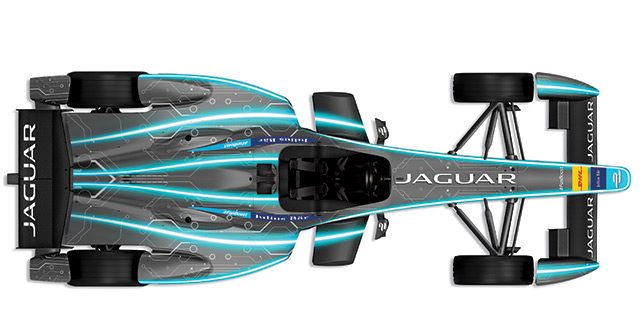
Joe isn’t surprised that Jaguar chose Formula E over F1. He thinks it has to do with an all-electric SUV that the Indian-owned British automaker has in development.
The significant news in recent days in F1 circles is that the Tata Motors-owned Jaguar is ‘not’ coming to Formula 1 – and instead has chosen to ally with Williams F1 to create a new team in Formula E for the 2016-2017 season, which will kick off in the autumn of next year. This is an indication of the way some of the companies in the industry are heading, and where they see value in motorsport. Formula 1 does have astonishing hybrid engines, but the technology is fairly expensive – although not if the budget for an F1 program were to come from research and development as opposed to from marketing. Given that the sport does both functions for a car company, it’s logical that the budget be split between them. But this doesn’t seem to happen.
The good news for newcomers is that the costs are going to come down because the technology is proliferating. Perhaps Mercedes will maintain an advantage because there’s so much new ground to be covered, and, thus, so much potential. But the signs are that, as others get the same kind of technology, the F1 field will close up and the racing will be better. This is how new formulae usually work, and it’s unwise to try to fix the problem by changing the formula because by doing that one may simply hand a new advantage to the best prepared team. The best way to get better racing is to leave things exactly as they are, and, in time, the field will close up. Engineers move from one team to another all the time, and with them flows information – hopefully only in their heads, rather than on hard drives. And, as the knowledge spreads, so the other teams become more competitive.
The decision by Jaguar to go into Formula E is a sign that the new electric championship is getting a little more credibility, and is useful to manufacturers as they race to create cost-effective viable electric cars. The Jaguar decision is no great surprise because the firm understands that it must address the question of emissions. It’s in full expansion mode at the moment, and recently announced that it’s going to double the size of its engineering and design centre at Whitley, in order to develop low emissions technologies.
Back in 2010, JLR commissioned Williams Advanced Engineering to design a hybrid supercar. The result was the Jaguar C-X75, which has recently been seen in the new James Bond movie Spectre. Plans to put this car into production were shelved in 2012, but it seems that some of the technology will be going into an all-electric Jaguar SUV that’s expected to go on sale in 2017. This will have a range of around 480 kilometres, and it’s felt that a racing programme will be useful to help push forward technology. Jaguar has chosen to expand its alliance with Williams and the Grove-based team will run a team for JLR.
Williams is already heavily involved in Formula E, as the official battery supplier for the series. In the first season of Formula E, all the teams used identical cars, but the series has since opened up its regulations to allow teams and manufacturers to develop their own powertrains – while keeping the same chassis. The third season in 2016-17 will allow for battery development, which means that Williams will have less of an overall role to play and can work on its own solutions.
Jaguar was last involved in top-line competition in F1 between 2000 and 2004 – when the company was owned by the Ford Motor Company. The team went on to become what is today Red Bull Racing.
The move is a good one for Williams, which is keen to expand alternative sources of revenue at a time when the future of Formula 1 is anything but simple. McLaren has already done this, so as not to be entirely dependent on Grand Prix racing – and Williams is now doing the same. It’s also worth noting that Williams CEO, Mike O’Driscoll, an Englishman, was previously managing director of Jaguar Cars – during, and after, the sale of Jaguar to Tata. He retired from that role in 2011, but was then asked to lead Williams – and so his address book is proving very useful to the team.
Joe Saward has been covering Formula 1 full-time for 27 years. He has not missed a race since 1988.

















Write your Comment